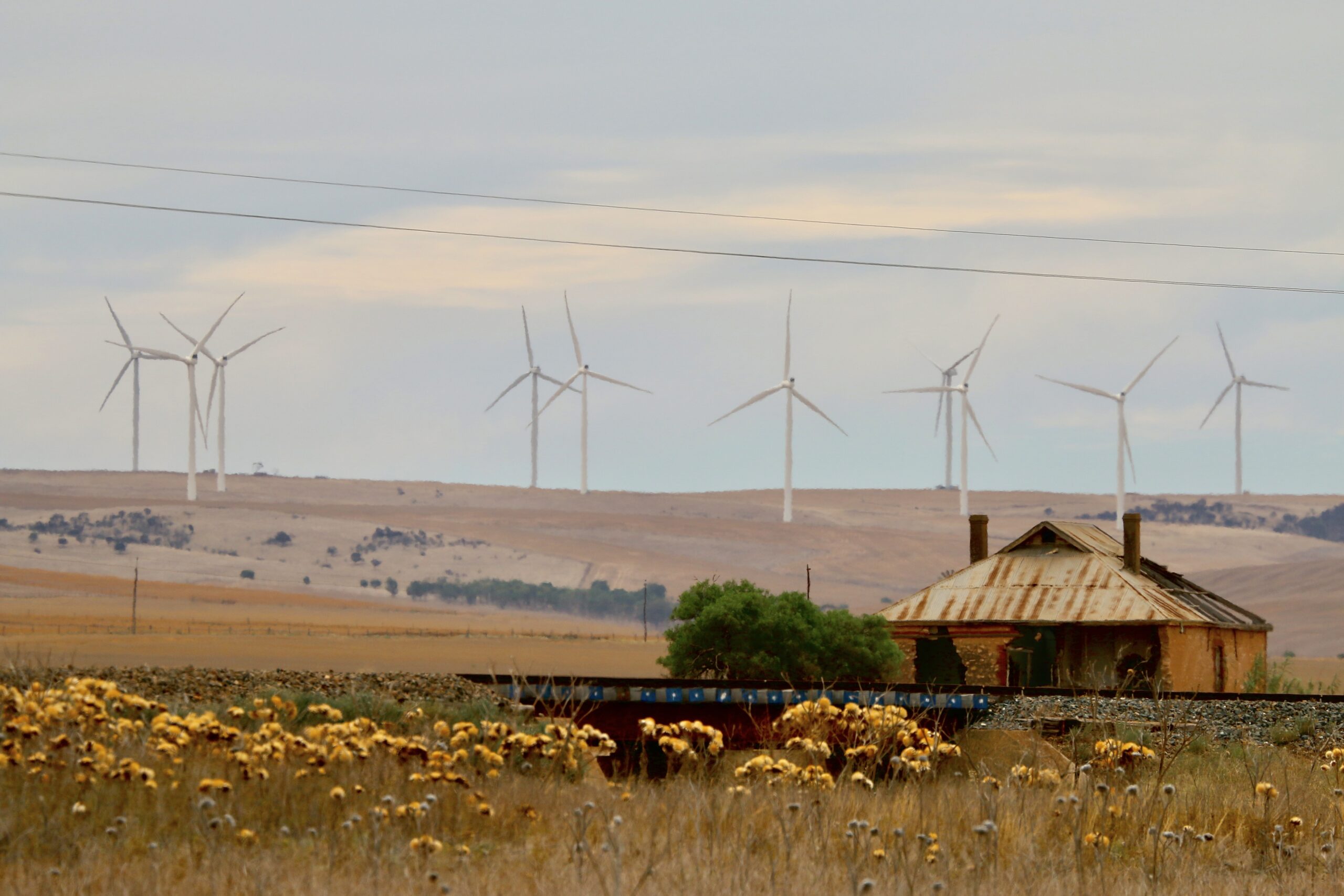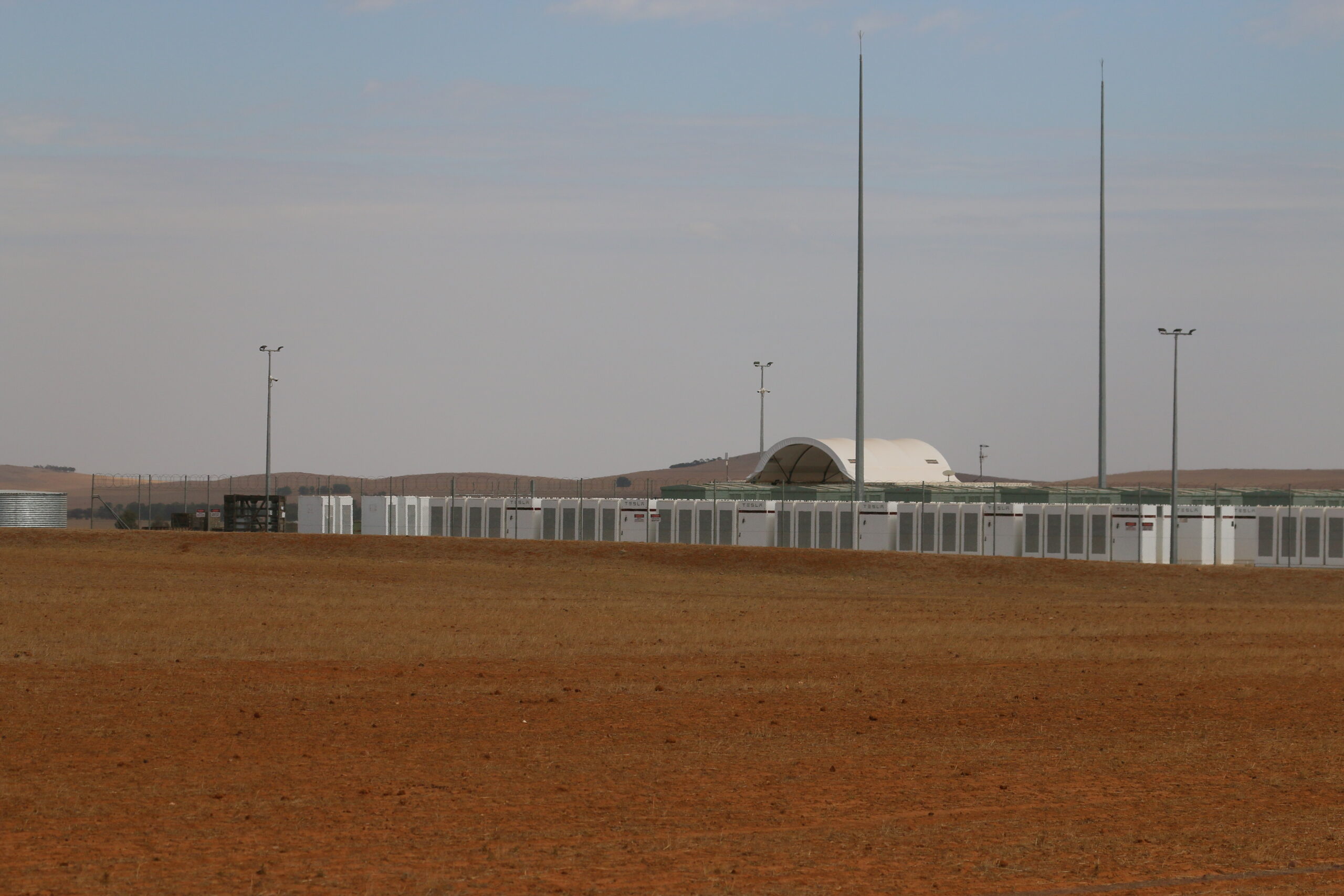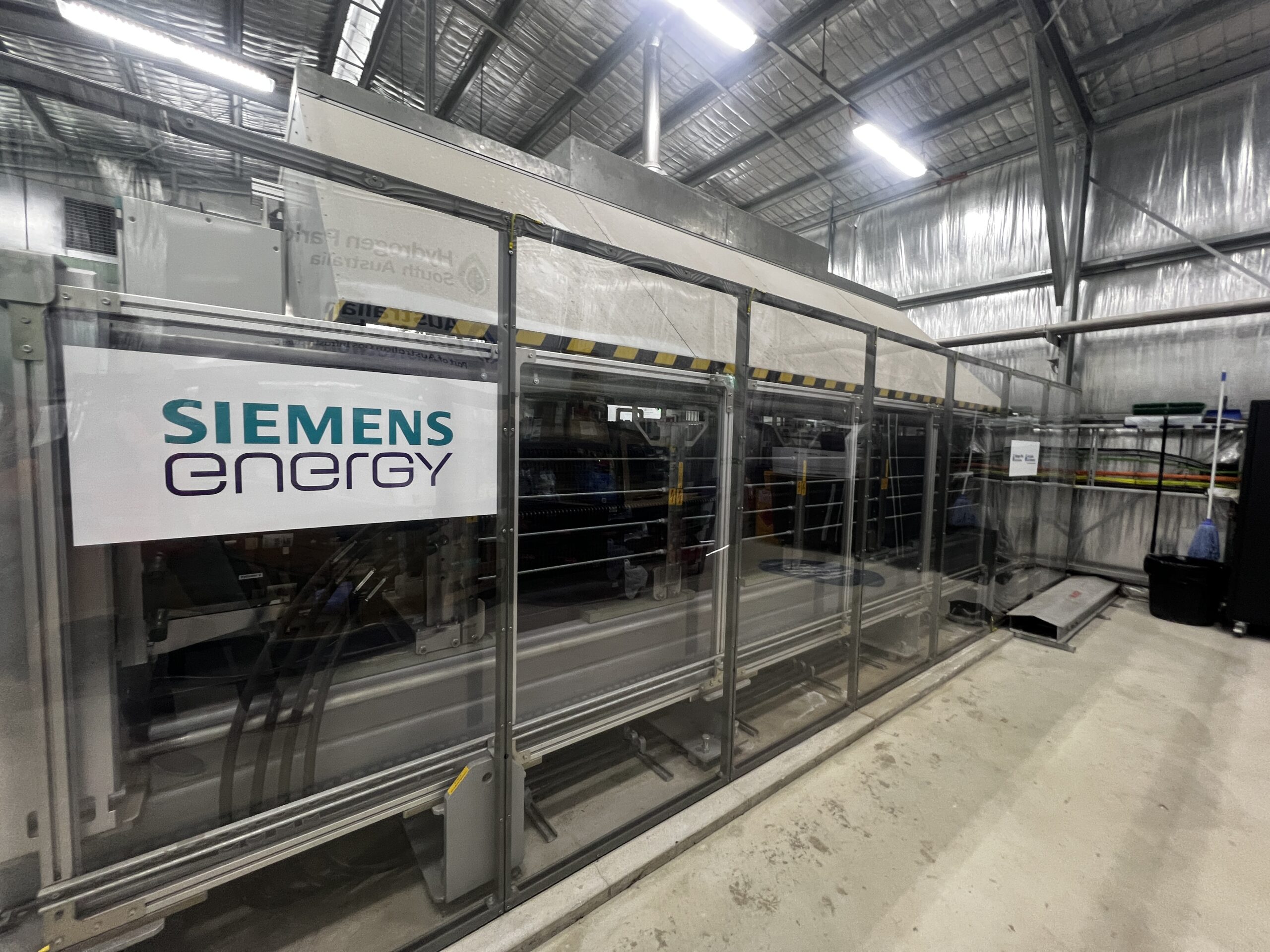Australia’s top renewable energy state aims for more, much more
Latest News
ADELAIDE, Australia — The state of South Australia, tucked into the underbelly of the world’s smallest continent, has a problem, of sorts — too much renewable energy. The plan to solve it involves building even more.
Over the past two decades, the state has built up wind and solar power until the two sources supply far more energy than the state’s 1.8 million residents need much of the time. Last year, renewables provided 70% of the state’s overall power needs.
The state aims to meet all its energy needs with renewables by 2030, in part by adding to the state’s already world-leading battery storage infrastructure to save up power for when the sun isn’t shining and the wind isn’t blowing. But the state doesn’t plan to stop there.
Officials want to build vastly more wind and solar, hoping to not only supply neighboring Australian states with power but also crank out clean hydrogen that can be turned into green ammonia, a key ingredient in fertilizer and potentially useful for power generation, and used to produce green iron ore, a key ingredient in steel. Both products would be exported to Europe and Asia.
“We’ve gotten to the point where the pipeline of renewable projects is enormous,” said Sam Crafter, head of the state’s Office of Hydrogen Power.
The state’s ambitions reflect Australia’s larger potential to be a renewable energy “superpower,” an aspiration that reached the country’s highest levels with the election of a more pro-renewables government in 2022. Before that, the national government had been largely pro-fossil fuels in a country that still gets more than 90% of its energy overall from fossil fuels and is the world’s fourth largest exporter of coal.
South Australia is offering a window into how one major fossil-fuel region can transition to clean energy in a way that keeps the lights on and drives economic growth. Some believe the whole country could follow a similar course.
The nation has a relatively small population — just under 30 million people — residing almost entirely on its coastal fringe. The interior is a vast open space soaked in sun most days and swept by strong winds most nights (as well as days). The combination gives Australia some of the best renewable energy resources in the world.
The question, increasingly, is what to do with it. South Australia is providing some of the answers, according to renewable energy advocates in the country.
“It’s not only leading Australia, it’s leading the world,” said Tim Buckley, director of Climate Energy Finance, an Australian think tank that advocates for renewable energy.

A wind farm in Snowtown, Southern Australia. The Australian state gets 70% of its electricity from wind and solar power. Photo by Bill Spindle.
As Australia is still today, South Australia was almost wholly dependent on coal and natural gas for power at the turn of the millennium. But a pro-renewable state government put its shoulder into wind energy starting in the early 2000s.
The Michael family, which runs a farm a two-hour drive north of Adelaide, helps illustrate the bounty wind is bringing.
A few years after the turn of the century, a wind developer contacted Neville Michael, whose family has lived on the land for generations, about putting wind turbines along a blustery ridge on their farm that couldn’t support crops anyway. The farm has been churning out power much of the day ever since, along with dozens of other locations built across the state.
“It’s just revolutionary,” his son, Tom, told me, sitting with his father at their kitchen table outside of Snowtown, Australia. “Basically, they’ve taken some of the poorest land in the mid-north of the state and turned it into some of the most valuable.”
The family declined to say how much they earn from the wind turbines on their property, but Neville Michael told me the project allowed him and his wife to stabilize their finances and build a modest savings over the past decade, he said.
The build-out of wind farms in the state was followed by a surge of solar power development, especially residential rooftop solar. A state policy to pay homeowners who installed solar panels for excess energy they fed into the state grid was wildly successful, encouraging more than 40% of homes to install solar panels. The combination of wind and solar is especially potent in South Australia, where strong winds blow most evenings and during the day in winter — helping fill energy needs at night and when sunlight is weaker.
Still, the state soon had to figure out how to manage the variability renewable energy brought to an electricity grid built for around-the-clock power production provided by coal and gas.

The “Big Battery” in Hornsdale, Australia. The power storage system, part of a 316-megawatt wind energy project in South Australia, is made up of 294 Tesla Powerpack systems linked together. Photo by Bill Spindle.
One solution was battery storage, which started in dramatic fashion thanks to Elon Musk.
As the challenges of grid management grew acute, Musk took up a bet on social media from an Australian billionaire, promising Tesla would build South Australia the world’s largest battery at the time within six months or Musk would pay for the project.
Crafter led the project, then a 100-megawatt battery, on the state government side. The Tesla team made the six-month deadline and brought the battery online in 2017. Since then, the battery’s capacity has been expanded by 50%.
“It was huge,” said Crafter. “Our experience is if you challenge the market, the market will respond.”
Nowadays, the biggest challenge the state faces is long periods each day when renewables are producing far more power than the state can use or store. While early takers of the generous home solar tariff scheme are still consistently make money, many who built their home systems later, as the program’s payments were scaled back, now routinely fork money over to the utility company to take power off their hands much of the day. Even large utility-scale renewable facilities sometimes have to stop sending power to the grid.
In 2022, the state government became the first in Australia to join more than 100 local governments to formally declare a global “climate emergency” and reemphasize its goal of pushing through to a net-zero power grid by 2030.

A 1.25 megawatt hydrogen electrolyzer at the Tonsley Innovation Center in Adelaide, Australia. The equipment is part of a pilot project by the Australian energy company Australian Gas and Infrastructure Group in which 700 homes are being served with piped natural gas that has been mixed with 10% hydrogen, recently upped to 20%. Photo by Bill Spindle.
Instead of reducing renewable resources to more closely match local demand, the state plans to build more — much more. Officials believe an additional vast expansion of wind and solar — essentially building many times more power capacity than the state itself can use — will create new demand, and eventually profits for developers and energy providers.
All that power could also bring new industries and jobs to the state by driving down the cost of new products that could be made with it. The state is particularly interested in using that electricity to make hydrogen and products derived from hydrogen.
South Australia is now funding a hydrogen project that will include what state government officials say might be the world’s largest electrolyzer, the device used to make hydrogen with electricity, which it aims to have running by early 2026.
“It’s going to prove out grid-scale hydrogen,” said Crafter. “No one else is doing it at this scale.”